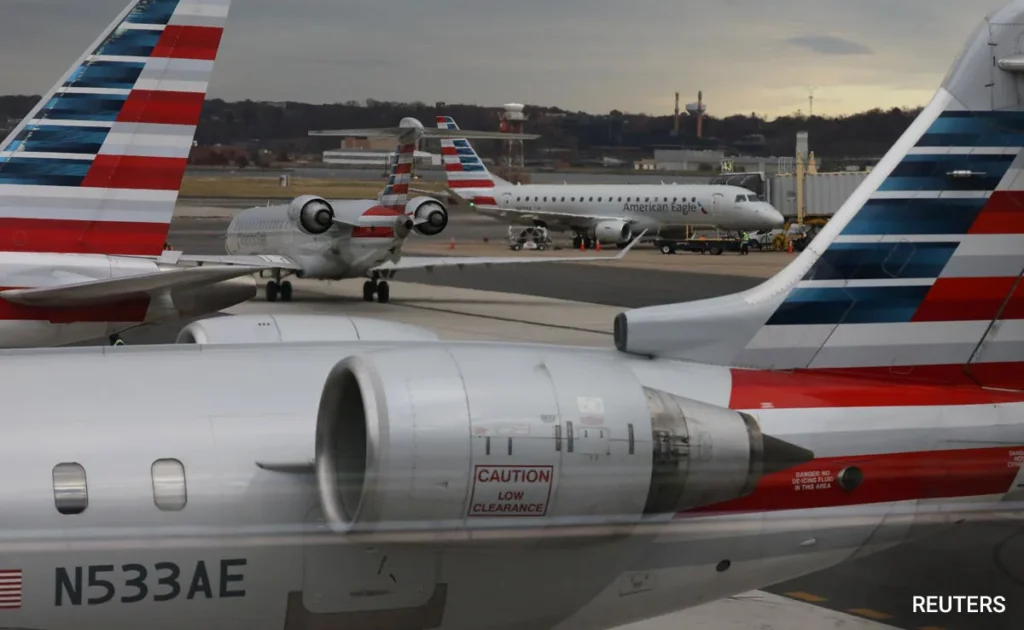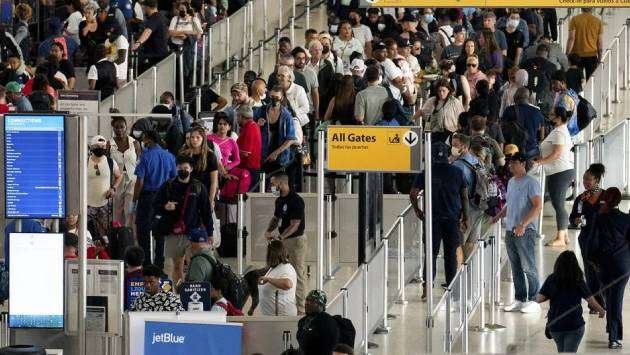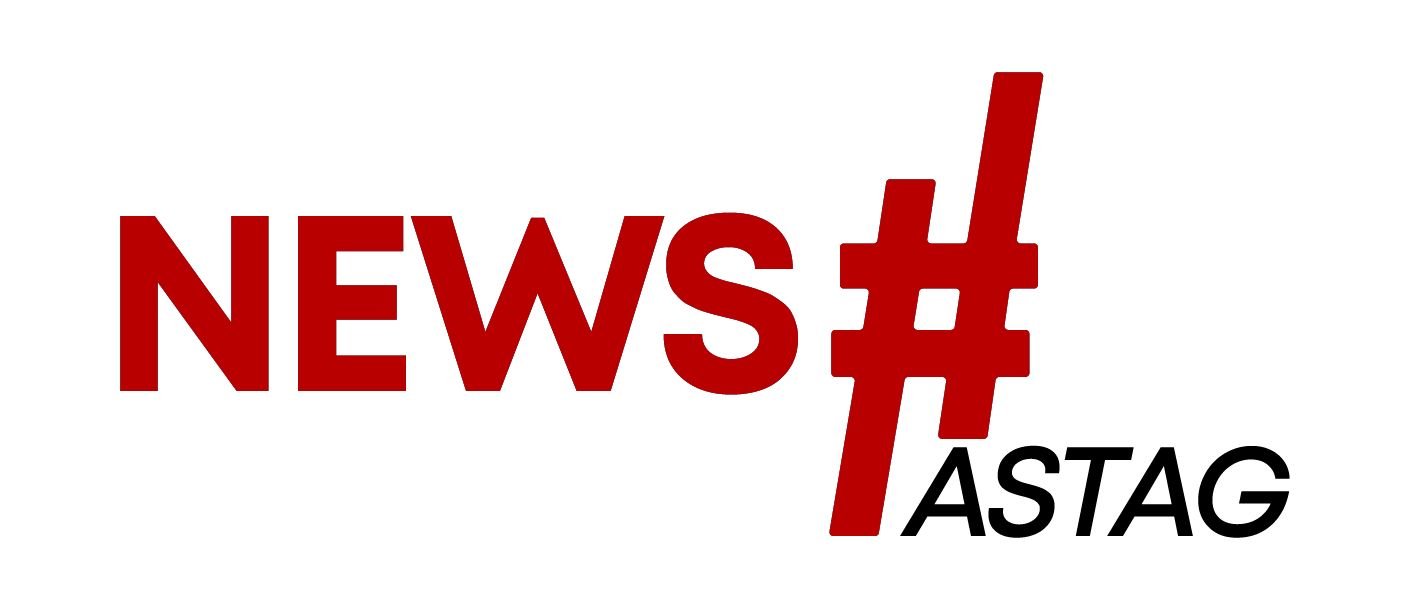More Than 1,400 Flights Canceled as U.S. Air Traffic Cuts Enter Second Day
Air travel across the United States faced another day of widespread disruption on Saturday as the Federal Aviation Administration’s (FAA) directive to reduce air traffic capacity took full effect. More than 1,400 flights to, from, or within the U.S. were canceled, and nearly 6,000 flights delayed, as the federal government shutdown dragged into its 39th day — the longest in American history.
What began as a political standoff in Washington has now rippled outward, reaching the nation’s airports and affecting millions of travelers. The FAA, strained by limited staffing and growing fatigue among unpaid air traffic controllers, said earlier this week that it would cut air traffic by up to 10% at forty of the country’s busiest airports to maintain safety and operational control.
The consequences have been immediate and widespread. Flight cancellations on Friday topped 1,300, and Saturday’s numbers climbed even higher, according to data from flight-tracking service FlightAware. Though delays were somewhat reduced compared to the previous day — falling from roughly 7,000 to 6,000 — travelers across the nation faced long lines, frustrated crowds, and hours-long wait times on the tarmac.
A Nation in Gridlock — and in the Sky
The ongoing shutdown, which began on October 1, has resulted in hundreds of thousands of federal employees either working without pay or being furloughed. Among the hardest hit are the FAA’s air traffic controllers and Transportation Security Administration (TSA) agents — both considered “essential” workers required to report for duty even as their paychecks remain frozen.
Air traffic controllers, responsible for safely coordinating the movement of more than 45,000 flights each day, have been stretched thin for weeks. Union leaders say fatigue and financial stress have taken a toll, with many controllers calling out sick or seeking part-time work to cover rent and food costs.
“The men and women who guide America’s airspace are exhausted,” said a spokesperson for the National Air Traffic Controllers Association (NATCA). “They are doing their jobs without pay, under immense pressure, and with no end in sight. The safety of the system depends on them — but they are being pushed beyond reason.”
The FAA has acknowledged the strain, calling the cuts “a necessary safety measure” given current staffing conditions. The agency announced a gradual reduction plan: limiting flight capacity by 4% on Friday, increasing to 6% by November 11, 8% by November 13, and the full 10% by November 14 if Congress fails to reach a deal.
For travelers, that means even more turbulence ahead.
Mounting Disruptions at Major Hubs
The brunt of Saturday’s cancellations was felt at several of the nation’s largest hubs, including Charlotte/Douglas International Airport, Newark Liberty International Airport, and Chicago O’Hare International Airport. These airports, critical junctions in the domestic flight network, saw hundreds of flights scrubbed before noon.
According to the FAA, Newark Liberty suffered some of the longest delays — with arrivals averaging more than four hours late and departures lagging by up to ninety minutes. At New York’s LaGuardia and John F. Kennedy International, passengers also faced significant slowdowns, with average delays nearing three hours and two and a half hours, respectively.
American Airlines, one of the nation’s largest carriers, urged Washington to act swiftly. “We call on leaders in Washington, D.C., to reach an immediate resolution to end the shutdown,” the airline said in a statement on Saturday. “The situation has become untenable for both travelers and employees across the aviation system.”
Delta, United, and Southwest echoed similar sentiments, emphasizing that the disruptions are beyond their control and tied directly to the ongoing funding impasse.

The Human Toll Behind the Delays
Behind the statistics and cancellations are thousands of workers caught in limbo. The FAA employs about 14,000 certified air traffic controllers, most of whom have continued working through the shutdown without pay. As fatigue sets in, the system’s reliability has increasingly been called into question.
The NATCA reports that a growing number of controllers have taken sick leave or are working reduced hours to manage burnout. Many are supporting families while struggling to pay bills, with some resorting to personal loans or side jobs.
“These people are performing one of the most stressful jobs in the world,” said a NATCA representative. “It’s unconscionable that they’re being asked to do it for free.”
The shutdown’s reach extends beyond the FAA. Nearly 64,000 TSA agents — responsible for screening passengers at security checkpoints — are also working without pay. During the 2018–2019 shutdown under former President Donald Trump, absenteeism among TSA staff reached roughly 10%, leading to long security lines and checkpoint closures at several airports.
This time, officials warn, the same pattern may emerge if the shutdown continues. “Morale is low,” said one TSA officer at Atlanta’s Hartsfield-Jackson Airport. “People are showing up because they care about keeping travelers safe, but everyone is tired. We’re doing our best with what we’ve got.”
The Politics Grounding Planes
The root cause of the crisis lies far from the tarmacs — in the stalemate between Republicans and Democrats on Capitol Hill. Lawmakers remain deadlocked over a funding resolution to reopen the government, with both sides blaming the other for the prolonged shutdown.
The impasse has halted pay for more than 1.4 million federal workers, disrupted food assistance programs, and slowed various government services. But it is the aviation sector that has made the shutdown’s impact visible to millions of Americans in real time.
Saturday marked Day 39 of the shutdown, surpassing the record previously set in 2019. Bipartisan negotiations continued through the weekend, with senators returning to Washington in hopes of crafting a short-term funding deal. But as of Saturday evening, there was no sign of a breakthrough.
Private Jets Grounded, Too
The FAA’s capacity reductions have not only affected commercial flights. According to FAA Secretary James Duffy, private jet traffic has also been restricted to ease pressure on overworked air traffic controllers.
“We’ve reduced their volume at high-traffic airports,” Duffy wrote in a Saturday post on X (formerly Twitter), “instead having private jets utilize smaller airports or airfields so busy controllers can focus on commercial aviation. That’s only fair.”
The measure has drawn mixed reactions. While some private charter operators have criticized the restrictions as overly broad, others have acknowledged the need for temporary relief at the nation’s busiest hubs.
Thanksgiving Travel in Jeopardy
The timing of the shutdown’s aviation fallout could hardly be worse. With Thanksgiving approaching on November 27, the U.S. is entering one of its busiest travel seasons of the year. Airlines had expected to handle more than 30 million passengers over the two-week holiday period — a figure that now looks increasingly uncertain.
If the shutdown continues into mid-November, the FAA’s full 10% flight reduction will coincide with the peak of Thanksgiving travel, potentially creating one of the most chaotic holiday travel periods in decades.
“Even a 5% capacity cut at a major hub can create a domino effect,” said Henry Harteveldt, a travel industry analyst. “With 10% reductions across multiple airports, delays will multiply exponentially. It’s not just the canceled flights — it’s the ripple effect on crews, aircraft, and passengers trying to make connections.”
Many travelers are already adjusting their plans, with some opting for train or car travel to avoid uncertainty. Airlines, meanwhile, are working to rebook passengers and consolidate flights, though available seats are becoming increasingly scarce.
A Crisis of Confidence
The longer the shutdown drags on, the deeper its impact on the public’s confidence in air travel. Travel associations warn that the disruptions could cost airlines hundreds of millions of dollars in lost revenue, while delays and cancellations could dampen the broader economy.
More importantly, safety advocates are concerned about the human cost of stretching the aviation workforce beyond its limits. “The U.S. air traffic system is the safest in the world — but it’s not invincible,” said Sara Nelson, president of the Association of Flight Attendants. “Fatigue, stress, and unpaid labor are not sustainable. Every day this continues, the risks increase.”
The Road — and Sky — Ahead
As the political stalemate in Washington persists, there is little immediate relief in sight for weary travelers or unpaid federal workers. Negotiations are expected to continue through the coming week, with both chambers of Congress facing mounting pressure to strike a deal.
In the meantime, airlines are bracing for more cancellations and longer delays, while passengers are advised to check flight statuses frequently and allow extra time at airports.
For the thousands of federal employees still working without pay — from the control towers to security lines — the shutdown has become more than a political talking point. It is a daily test of endurance, commitment, and patience.
As one air traffic controller put it: “We’ll keep the skies safe. But we need Washington to do its job, too.”




